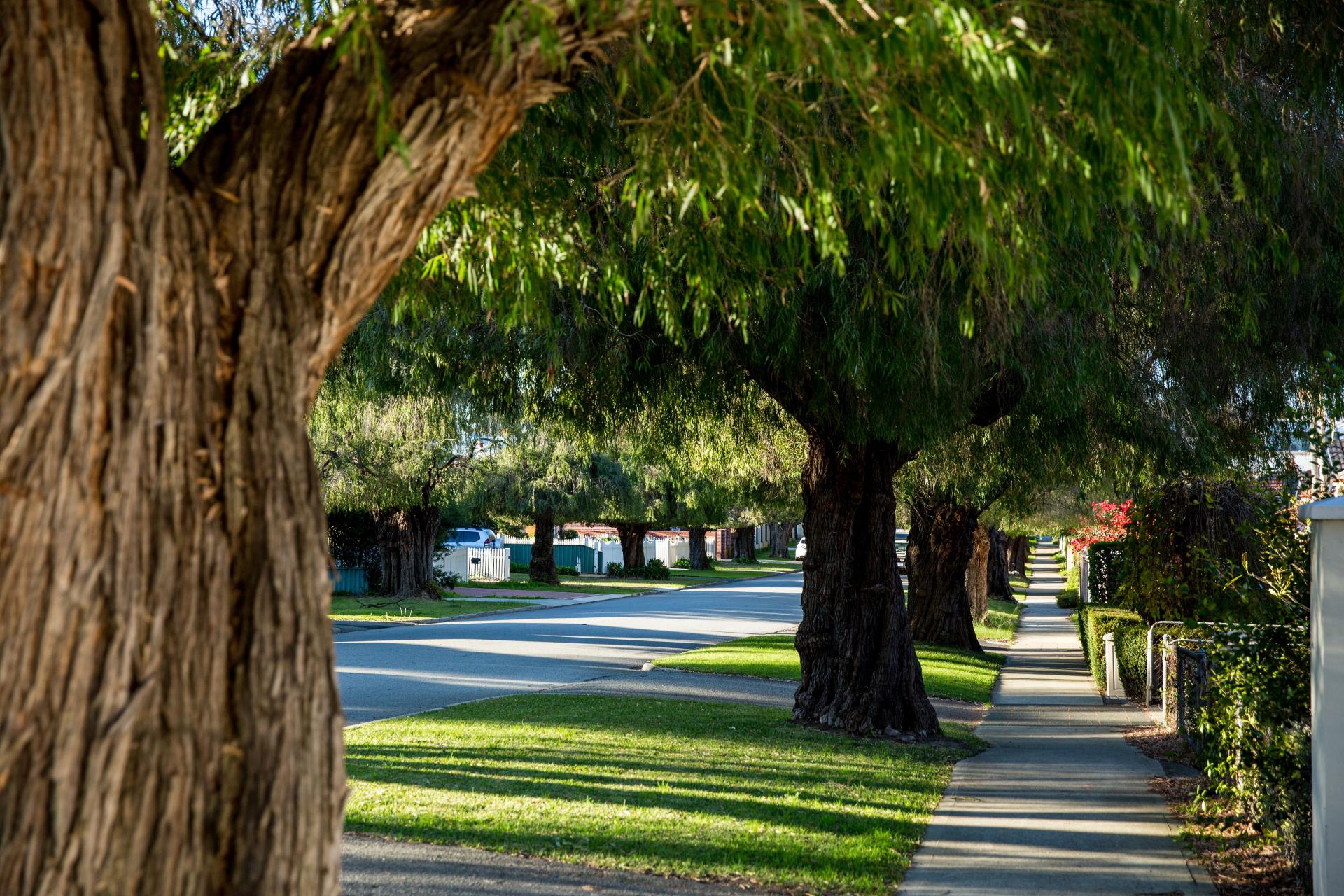Urban forests, often overlooked in concrete jungles, are becoming critical components in combating pollution, enhancing mental health, and fostering biodiversity. As cities expand and green space shrinks, the importance of tree-lined streets, pocket parks, and urban canopies grows stronger. These small but mighty green zones act as natural air filters, trapping pollutants like carbon monoxide and particulate matter, significantly improving air quality in densely populated areas.
Research supports that neighborhoods with greater tree coverage report lower levels of respiratory illnesses and even reduced stress among residents. Trees not only cool cities by offering shade and reducing the urban heat island effect, but they also absorb noise pollution and increase real estate value. Moreover, they offer essential habitats for urban wildlife, helping maintain ecological balance amid the asphalt sprawl.
Investing in urban forests isn’t just an environmental choice — it’s a public health and economic strategy. City planners and policymakers are increasingly urged to incorporate sustainable tree-planting programs and preserve green corridors. With climate challenges intensifying, urban forests represent a natural, cost-effective solution that brings resilience, beauty, and vitality back into our cities.







